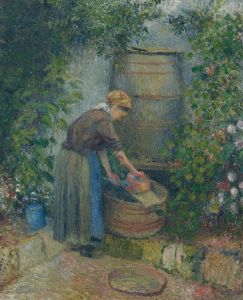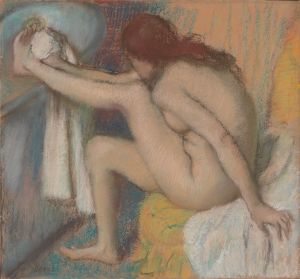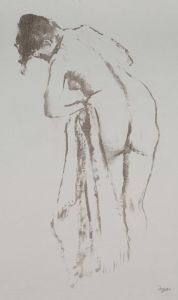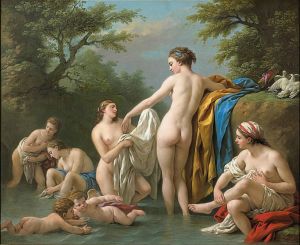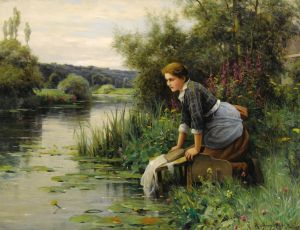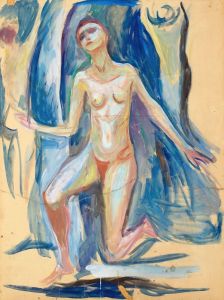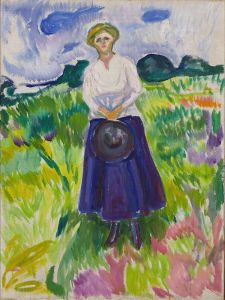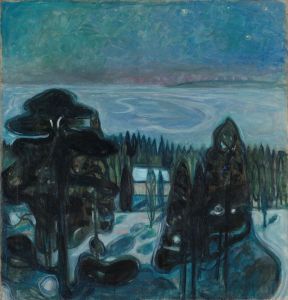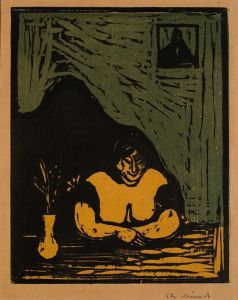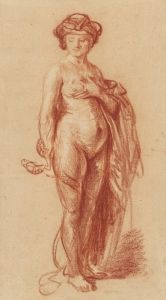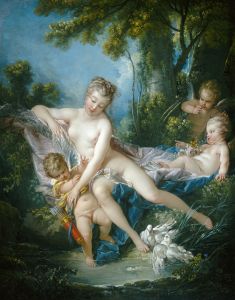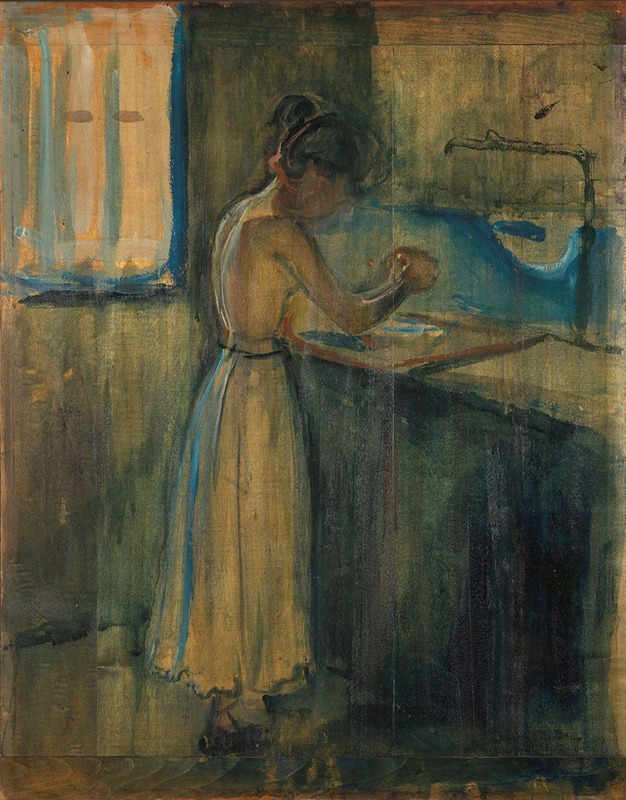
Young Woman Washing herself
A hand-painted replica of Edvard Munch’s masterpiece Young Woman Washing herself, meticulously crafted by professional artists to capture the true essence of the original. Each piece is created with museum-quality canvas and rare mineral pigments, carefully painted by experienced artists with delicate brushstrokes and rich, layered colors to perfectly recreate the texture of the original artwork. Unlike machine-printed reproductions, this hand-painted version brings the painting to life, infused with the artist’s emotions and skill in every stroke. Whether for personal collection or home decoration, it instantly elevates the artistic atmosphere of any space.
"Young Woman Washing Herself" is a painting by the Norwegian artist Edvard Munch, created in 1896. Munch is widely recognized for his significant contribution to the Symbolist and Expressionist movements, and this work exemplifies his exploration of human emotion and psychological states.
The painting depicts a young woman engaged in the intimate act of washing herself, a theme that Munch revisited in various works throughout his career. The composition is notable for its candid and unembellished portrayal of the female form, emphasizing the natural and private moment of personal hygiene. The woman is shown from behind, with her back turned to the viewer, which adds a sense of privacy and introspection to the scene.
Munch's use of color and brushwork in "Young Woman Washing Herself" is characteristic of his style during the 1890s. The palette is relatively muted, with soft, earthy tones that create a subdued and contemplative atmosphere. The brushstrokes are loose and expressive, contributing to the overall sense of immediacy and intimacy in the painting.
This work is part of Munch's broader exploration of themes related to the human condition, including love, anxiety, and mortality. His interest in these subjects was influenced by his own personal experiences and the broader cultural context of the late 19th and early 20th centuries. Munch's art often reflects his preoccupation with the complexities of human emotion and the inner workings of the mind.
"Young Woman Washing Herself" is also significant in the context of Munch's treatment of the female subject. Unlike many of his contemporaries, who often idealized or objectified women in their art, Munch's portrayal is more nuanced and introspective. The painting captures a moment of vulnerability and self-reflection, offering a more personal and humanized depiction of the female experience.
The painting is housed in the Munch Museum in Oslo, Norway, which holds the largest collection of Munch's works. The museum's collection provides a comprehensive overview of Munch's artistic development and his contributions to modern art. "Young Woman Washing Herself" is an important piece within this collection, highlighting Munch's innovative approach to both subject matter and technique.
Edvard Munch's influence on modern art is profound, and his works continue to be studied and celebrated for their emotional depth and technical mastery. "Young Woman Washing Herself" is a testament to his ability to capture the subtleties of human experience and remains a significant work within his oeuvre.





